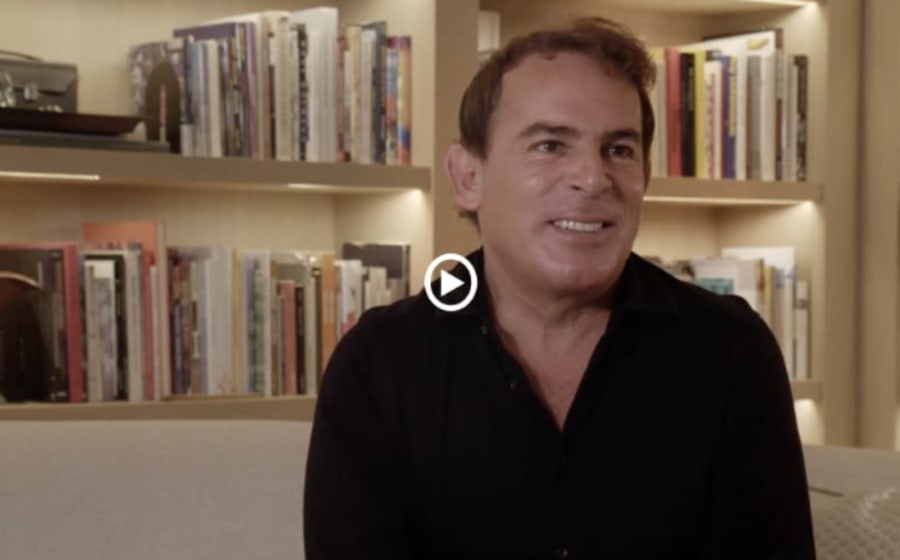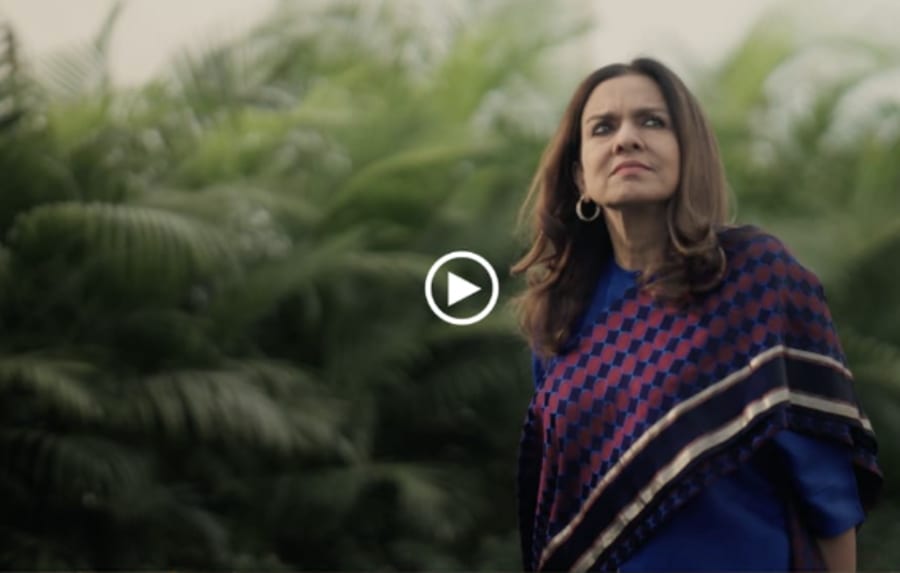This spring marks an uplifting homecoming in Norway’s art scene. Over the past 30 years, Norwegian investment manager and art patron Nicolai Tangen has been building a remarkable collection of Nordic Modernist works. As of May, his prolific collection will be on view to the public at Kunstsilo, a brand-new museum in Tangen’s hometown of Kristiansand, a small city on Norway’s southern coast.
Tangen – known for his illustrious career in finance which currently sees him managing the largest publicly held financial fund in the world – began collecting work by Norwegian artists in the 1990s. (His first acquisition was a picture by the Modernist Johannes ‘Johs’ Rian.) So invested in the endeavor, he temporarily stepped away from finance in his mid 30s to pursue a master’s degree in art history at the Courtauld Institute of Art in London.
Over the past three decades, the Tangen Collection has expanded significantly to comprise over 5,000 works by more than 300 artists in various styles and mediums including paintings, graphics, sculptures, textile works, ceramics, handicrafts, photography, and conceptual works. As the largest compilation of Nordic Modernist artwork to date, the collection reflects Tangen’s commitment to preserving and promoting the artistic heritage of the region.
In 2015, by way of his charitable endeavor AKO Foundation, Tangen gifted his collection to his hometown. Today, the works make up a significant portion of Kunstsilo’s permanent collection. Housed in a recently refurbished grain silo on Kristiansand’s harborside, Kunstsilo aims to be a monumental hub for artistic exploration and community involvement, and will open on May 11 with the exhibition ‘Passions of the North,’ showcasing over 700 works from the Tangen Collection.
‘My mother studied art history, so she dragged us along to all the museums in the world when I was a child. At least that was what it felt like at the time. Of course, it’s extremely boring in the beginning. But then at some stage, the whole thing just kind of clicks.
‘I began collecting art 30 years ago. Most people, when they start to collect, begin with pieces made close to home, because that’s what we’re familiar with. So I began by collecting work by Norwegian artists, then we added Danish and Swedish art. 10 years ago, we added works from Finland, which is now the biggest collection of Finnish art outside Finland.
‘Before doing a master’s degree in art history, I had been collecting for quite some time, and reading a lot about the various artists I was interested in, but I felt the need to organize and develop my thoughts. So I spent 2 years at the Courtauld Institute in London – 1 year doing a survey course, and then the second year doing an MA.
‘I did my dissertation on German Expressionist woodcuts and loved it. I wrote about a second-generation Expressionist Rolf Nesch, who moved to Norway in the early 1930s. In a way, Nesch was the link between Edvard Munch and the Norwegian artists who came later.
‘I’m more keen on abstraction than figuration as a general rule. I guess it’s generally more complicated, and I think life is complicated.
‘I want international audiences to learn just how wonderful Nordic art is. There was a very interesting interaction between the Nordic artists and artists on the continent and it has so many interesting aspects and tendencies; it has a strong Constructivist side, a strong abstract side, and strong Surrealist elements.
‘When I started to collect in the 1990s, I was really keen to make it a museum-like collection. I would say it’s very stringent. In some cases, I’ve been waiting for decades to find the right works. Because I’ve been collecting for some time now, many Nordic artists are well-represented in the collection. But you’ll always find new pieces to add.
‘Having spent so much time and effort building something like this, I just didn’t think it belonged to my kids. It’s too massive and too comprehensive. So when the opportunity arose with this derelict silo in Kristiansand, I took note.
‘At the time, the silo was an eyesore on the harbor which they didn’t know what to do with. It had won numerous architectural prizes back when it was built in the 1930s. In fact, the architect who built the silo, Arne Korsmo, was married to a very important artist.
‘So, we decided to swap the grain for the art, and held an international architecture competition to refurbish the site. I think the result is absolutely stunning. The exhibition rooms are pure and aesthetically fantastic. The whole thing just fits together beautifully.
‘It will be amazing to see all the art exhibited and see how it fits into the building. There will be a lot of rich programming from the opening onwards, which the museum staff is taking care of. What is really important here is that it’s not my museum – I’m just giving away the art. I think it’s a good example of a private-public initiative.’
Published on April 30, 2024.
Caption for the full-bleed image: Nicolai Tangen. Courtesy of Norges Bank Investment Management.


